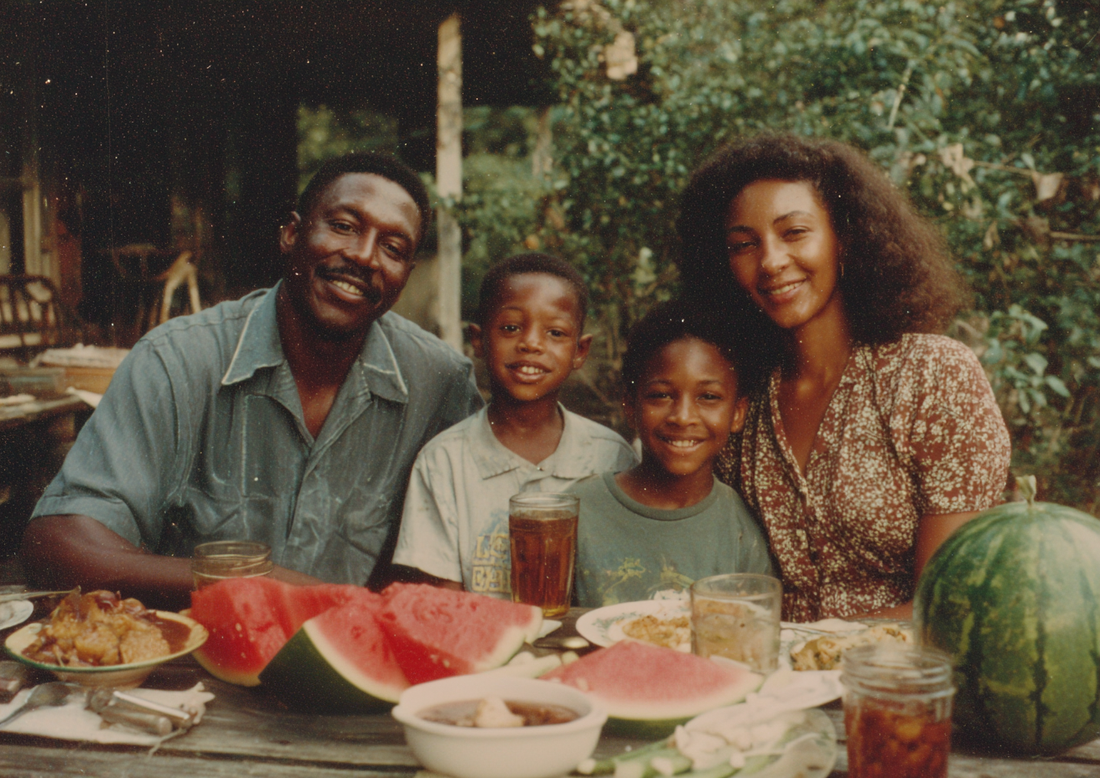
Black American History & Watermelon
Share
The Complex Slice: Watermelon, African Americans, and the Weight of History
For many, a slice of watermelon on a hot summer day is refreshing. Is there anything better than a cold melon on the 4th of July (other than ribs)? But for African Americans, this fruit carries a heavy historical significance due to a racist stereotype that emerged after emancipation.
From Symbol of Freedom to Racist Trope
The stereotype of watermelon is rooted in the backlash against Black freedom after the Civil War. After gaining their freedom, many former enslaved people grew and sold watermelons as a means of economic independence, symbolizing their entrepreneurial spirit.
This success threatened the status quo of white control, prompting white elites to distort the image of Black people eating watermelon into a stereotype of laziness and ignorance, propagated through minstrel shows and media.
I remember seeing the first postcards, greeting cards and buttons involving Black people eating watermelons, before I understood the history. I understood the shame. Suddenly, this fruit I loved eating as a kid, became something I heard people say they could never eat in front of others, along with friend chicken.
The Deep Wounds of the Stigma
This harmful stereotype dehumanized Black people and supported discriminatory practices during the Jim Crow era. For generations, the association with watermelons brought shame, causing many to avoid the fruit in public.
Reclaiming the Narrative: Watermelon as Resilience
Today, watermelon represents:
- A link to freedom and self-sufficiency.
- A celebration of culture during events like Juneteenth.
- A rejection of racist narratives through open enjoyment of the fruit.
Eating watermelon has become a statement of defiance against a racist past, demonstrating that Black people will not let oppressive stereotypes define their relationship with it.
The story of watermelon reflects the broader struggle for racial justice, evolving from a symbol of hope to one of resilience and cultural richness in Black America. Understanding this history is crucial for healing and progress.